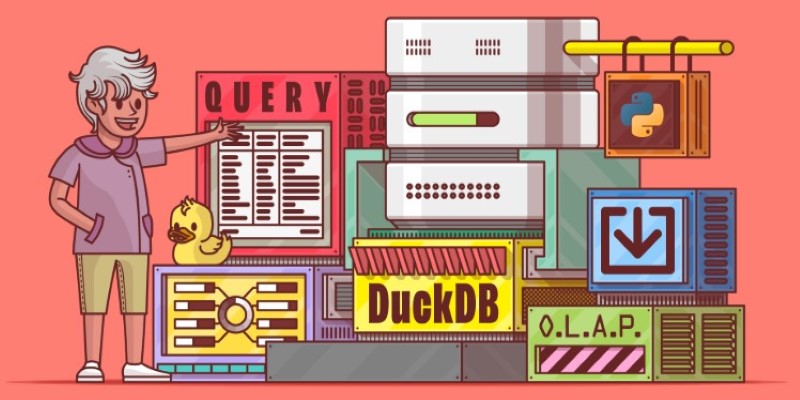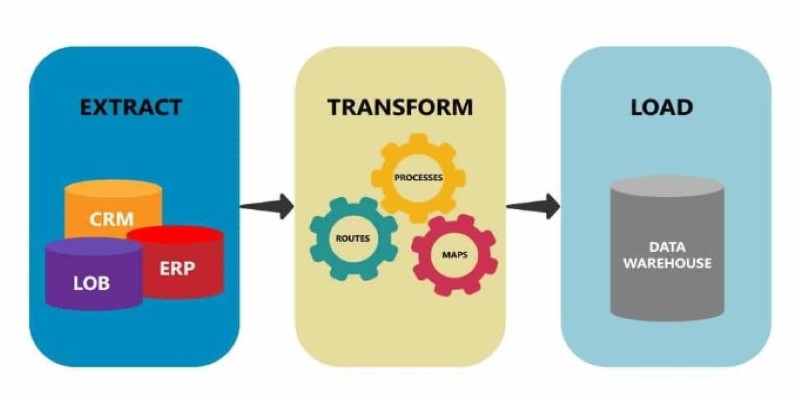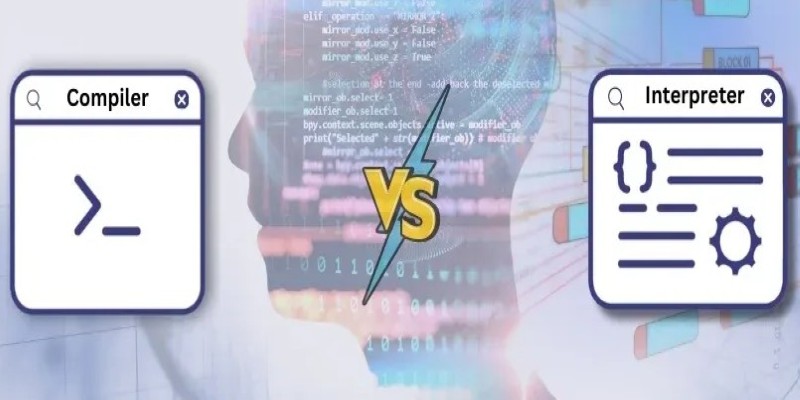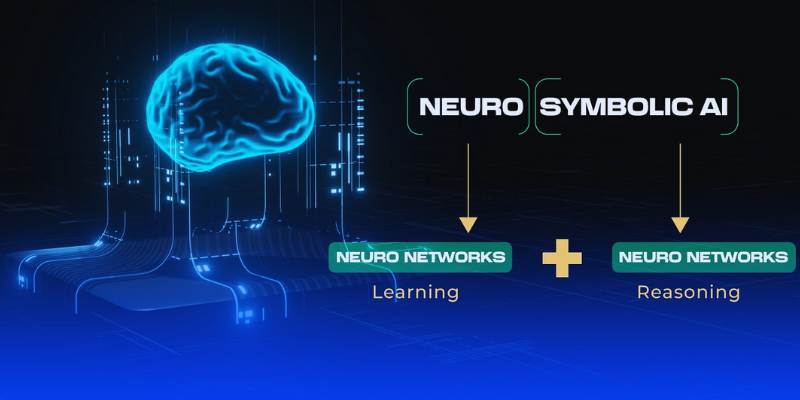Advertisement
When it comes to data, speed and efficiency are everything. But if you're thinking that you always need heavy-duty systems for analysis, think again. DuckDB brings a refreshing shift to how we handle data locally. It's small, self-contained, and designed for real analytical work – right on your laptop, desktop, or server. Think of it like SQLite, but instead of managing simple app data, it’s built for serious number-crunching. With DuckDB, you don’t need to set up a server or deal with complex configurations. Whether you're a developer, analyst, or data scientist, it gives you instant, powerful access to your data — all without leaving your local environment.
DuckDB isn’t trying to replace your big data warehouse. It’s made for those moments when you have a pile of data sitting in a file and just want to run queries without setting up a big, complicated system. No servers to manage. No connection strings to stress about. It just works straight from your application.
The way DuckDB handles data is different. It doesn't pull data into memory row-by-row like traditional databases. Instead, it processes chunks of columns at a time. This approach, known as vectorized execution, means it flies through queries that would normally slow down other systems, especially if you're pulling from Parquet files, CSVs, or anything similar.
DuckDB is also lightweight. It doesn't need a server process because it runs inside your application, whether that’s Python, R, C++, or even just a script. So, if you love simple setups but need some serious analytical muscle, DuckDB is the friend you've been waiting for.
One thing that surprises many people about DuckDB is how efficient it is with storage. You don’t need a huge server to start crunching numbers. It can work with local files directly, supporting formats like Parquet and CSV natively. That means you don’t even need to load your files into a database to start querying them. DuckDB just points at the files and goes.

Even better, it reads in a highly optimized way. DuckDB can push filters and projections down to the storage layer. So, if you're only asking for a few columns or rows, it doesn't drag the entire file into memory. Instead, it grabs just what it needs, which makes everything faster and keeps your laptop from turning into a jet engine.
Parallel execution is baked in, too. DuckDB can take advantage of multiple CPU cores without you needing to configure anything. When you run a query, DuckDB automatically splits it into parts that can run at the same time. This smart handling means you get faster results with less waiting around.
Let's be real: not every project needs a full-blown distributed system like Spark or a database like PostgreSQL. Sometimes, you just have a bunch of data files and a few scripts, and you want insights – fast. This is where DuckDB shines.
Python users, in particular, love how easy it is to work with DuckDB. You can query Pandas DataFrames directly, join CSVs without loading them into memory, or even use DuckDB to transform data before feeding it into a machine-learning model. The workflow feels natural. You don't have to move your data into a new system, which saves a lot of hassle.
Another reason for its popularity? DuckDB speaks standard SQL. No strange syntax or new language to learn. If you know SQL, you already know how to work with DuckDB. This low barrier to entry means you can start using it in your projects right away without feeling like you need a special course just to get started.
Even in R, developers can use DuckDB to pull in datasets, crunch numbers, and write results back out without leaving the R environment. That kind of flexibility is rare and makes it a favorite for people who just want to get things done.
Because DuckDB is so easy to embed and work with, it fits into a lot of workflows without causing disruption. Some of the most common uses people are finding for it include:
Data Exploration: If you’re working with large CSV or Parquet files, DuckDB lets you query them directly. No importing, no complicated steps. It’s fast enough for interactive exploration and supports all the common SQL features you expect.
ETL (Extract, Transform, Load) Tasks: When you need to clean, reshape, or combine data before putting it into another system, DuckDB is perfect. It can read from one file format, transform the data using SQL, and write out another format – all without needing a heavy ETL framework.

Local Analytics and Prototyping: For analysts and data scientists, DuckDB is a game-changer. You can build and test your queries locally without needing access to big servers. Once your analysis is complete, you can easily move it into production systems if needed.
Backend for Applications: Some developers are embedding DuckDB into applications that need lightweight analytics features. Instead of spinning up a big external database, they bundle DuckDB right into the app, keeping things simple and fast.
DuckDB can even be handy when preparing data for cloud systems. You can process data locally and upload it already cleaned and organized, saving money and time on cloud computing costs.
DuckDB feels like the database you didn't know you needed – until you tried it. It brings real analytical capabilities to your local machine without the overhead and complexity of traditional systems. Whether you’re a developer needing quick queries, a data scientist exploring huge files, or just someone tired of bloated solutions, DuckDB offers a lightweight, speedy option that just makes sense.
Give it a try next time you’re stuck wrangling data. It might just change the way you think about local analytics.
Advertisement

IoT and machine learning integration drive predictive analytics, real-time data insights, optimized operations, and cost savings

Learn how Automated Machine Learning is transforming the insurance industry with improved efficiency, accuracy, and cost savings

Explore how deep learning transforms industries with innovation and problem-solving power.

Find out why Claude 3.5 Sonnet feels faster, clearer, and more human than other AI models. A refreshing upgrade for writing, coding, and creative work

Still puzzled by self in Python classes? Learn how self connects objects to their attributes and methods, and why it’s a key part of writing clean code

Curious about what really happens when you run a program? Find out how compilers and interpreters work behind the scenes and why it matters for developers

Looking for the best open-source AI image generators in 2025? From Stable Diffusion to DeepFloyd IF, discover 5 free tools that turn text into stunning images

Nvidia stock is soaring thanks to rising AI demand. Learn why Nvidia leads the AI market and what this means for investors

Discover how GLUE and SQuAD benchmarks guide developers in evaluating and improving NLP models for real-world applications

Understand how global AI adoption and regulation are shaping its future, balancing innovation with ethical considerations

AI transforms sales with dynamic pricing, targeted marketing, personalization, inventory management, and customer support

Neuro-symbolic AI blends neural learning and symbolic reasoning to create smarter, adaptable systems for a more efficient future